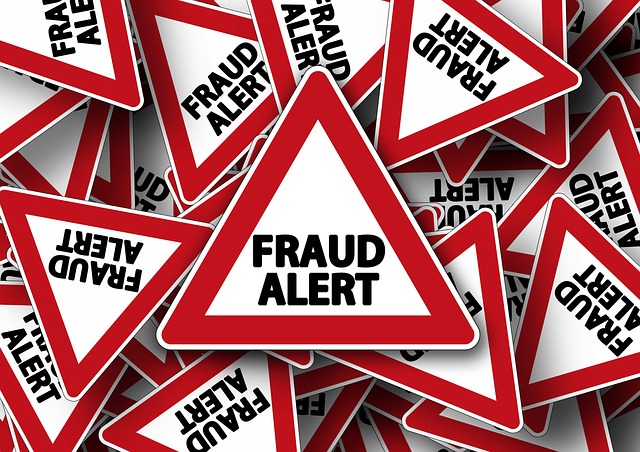 While many brands generate excellent results through influencer marketing, some have been scammed by fake influencers. Companies may pay top influencers thousands of dollars for a single post. Even mid-level influencers make a healthy living.
While many brands generate excellent results through influencer marketing, some have been scammed by fake influencers. Companies may pay top influencers thousands of dollars for a single post. Even mid-level influencers make a healthy living.
That powerful pecuniary lure prompts imposters to pay for large numbers of fake followers to pose as legitimate influencers. They simply pay apps to have bot accounts follow them and to sometimes generate large numbers of likes and comments.
Some companies have halted influencer marketing spending after failing to attain acceptable ROI. They complain of influencers creating a “false economy” by buying followers, according to The Daily Telegraph in Sydney. Most all social media platforms experience the problem, but the problem is especially severe on Instagram. The platform is trying to combat fake influencers with some success – but many fake accounts persist.
“We’ve had some who’ve had a million followers, but when they promoted our clothes we had literally no sales or feedback,” Carla Efstratiou, owner of StylehubEfstratiou, told the newspaper. She found that engagement for one influencer didn’t make sense. She was getting an impossible 1000 likes a minute. “I think part of the problem is everyone thinks they’re ‘instafamous’ … every day I get bombarded by instagrammers asking for free clothes,” Efstratiou said.
Instagram Fights Back
Instagram recently shut down third-party sites and apps like Instagress, InstaPlus and PeerBoost, The Next Web reports. The apps automate thousands of comments and likes — which violate Instagram’s Community Guidelines and Terms of Use. Instagram also stopped showing pictures with spammy hashtags in its search or its Explore tab, a practice called shadow banning.
Although the moves are steps in the right direction, they will not eliminate fake influencers, experts say. Imposters will continue to seek ways to game the system and accumulate followers through unethical means.
One questionable technique is to create “pods,” groups of people with similar interests. Pod participants agree to comment on each other’s photos in order to game Instagram’s algorithm and boost their posts in users’ feeds. Such techniques make identifying legitimate influencers more difficult for marketers.
Bogus Influencer Red Flags
These tips can help marketers spot phony influencers.
Many followers but little engagement. Beware of accounts will less than a 10 percent engagement rate of followers per post. A bona fide influencer with 50,000 followers should expect at least 500 likes and comments per post. In selecting influencers, setting the bar at under 5% engagement would weed out the certain fakes.
Generic comments. One red flag in an influencer account is many vague comments that lack personality and give no real indication the reader saw the original post, such as “Nice shot” or “Love it.” with a thumbs-up emoji. Real comments are a combination of praise, encouragement and questions.
Few posts. If they only post a few times a year but have a suspiciously high number of followers, they’re probably a fake account.
No fame outside Instagram. It’s difficult to rapidly amass a million followers, if the individual is not already a well-known personality, such as a professional athlete, model, well-known writer or chef.
A verification badge. Instagram’s verification badge is blue with a white checkmark that appears next to an influencer’s account. Badges verify the authenticity of many celebrities, public figures, and companies, but are unavailable for others.
Bio links. Bio links on their profiles may link to their website or other social media profiles that provide information on their background and credibility.
No ROI. Low or no ROI is the most obvious tip-off to a fake influencer account. Ask the influencer for references from previous influencer marketing campaigns. Check with the product managers of those brands. Did they get their money’s worth?
Companies can also use a social media monitoring service to track and measure an influencer’s engagement levels and predict a campaign’s potential return on investment. The monitoring service may turn up complaints or other insights about the influencer in other accounts or on other social media services.
Bottom Line: Brands can be cheated by fake influencers. It’s essential for PR and marketing pros to know how to spot the imposters and how to identify social media users who can truly influencer customers’ purchase decisions.
William J. Comcowich founded and served as CEO of CyberAlert LLC, the predecessor of Glean.info. He is currently serving as Interim CEO and member of the Board of Directors. Glean.info provides customized media monitoring, media measurement and analytics solutions across all types of traditional and social media.





Trackbacks/Pingbacks